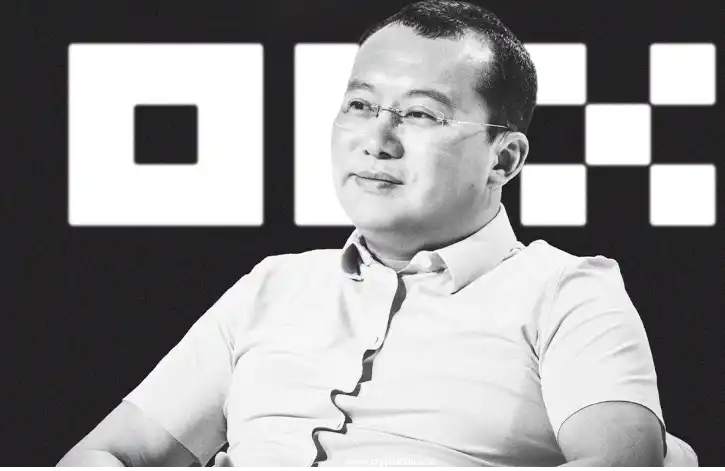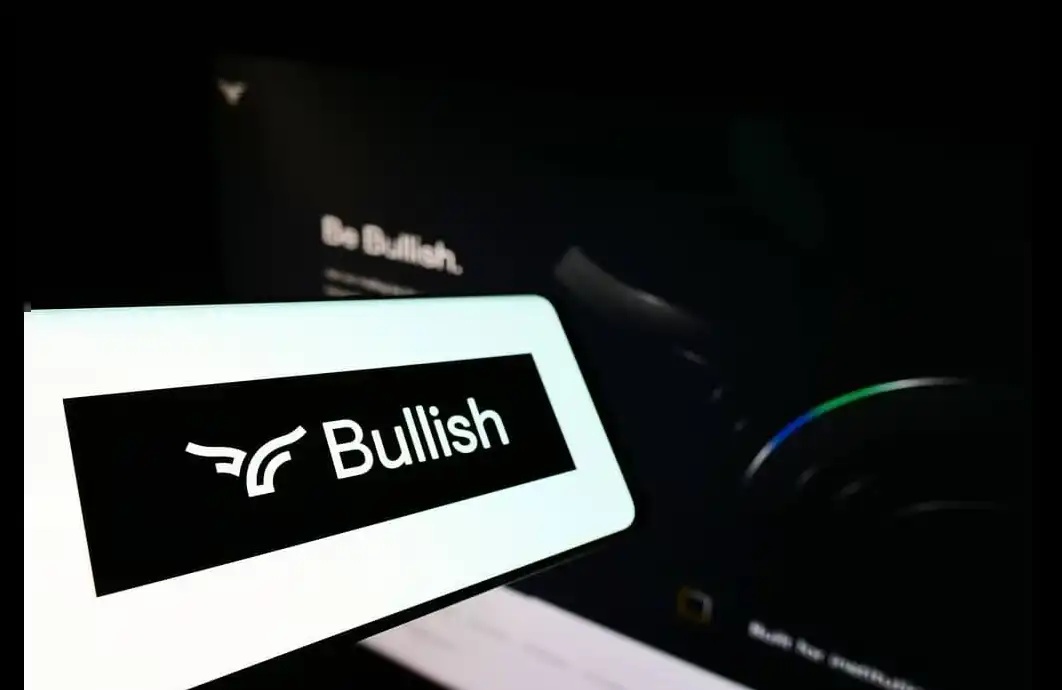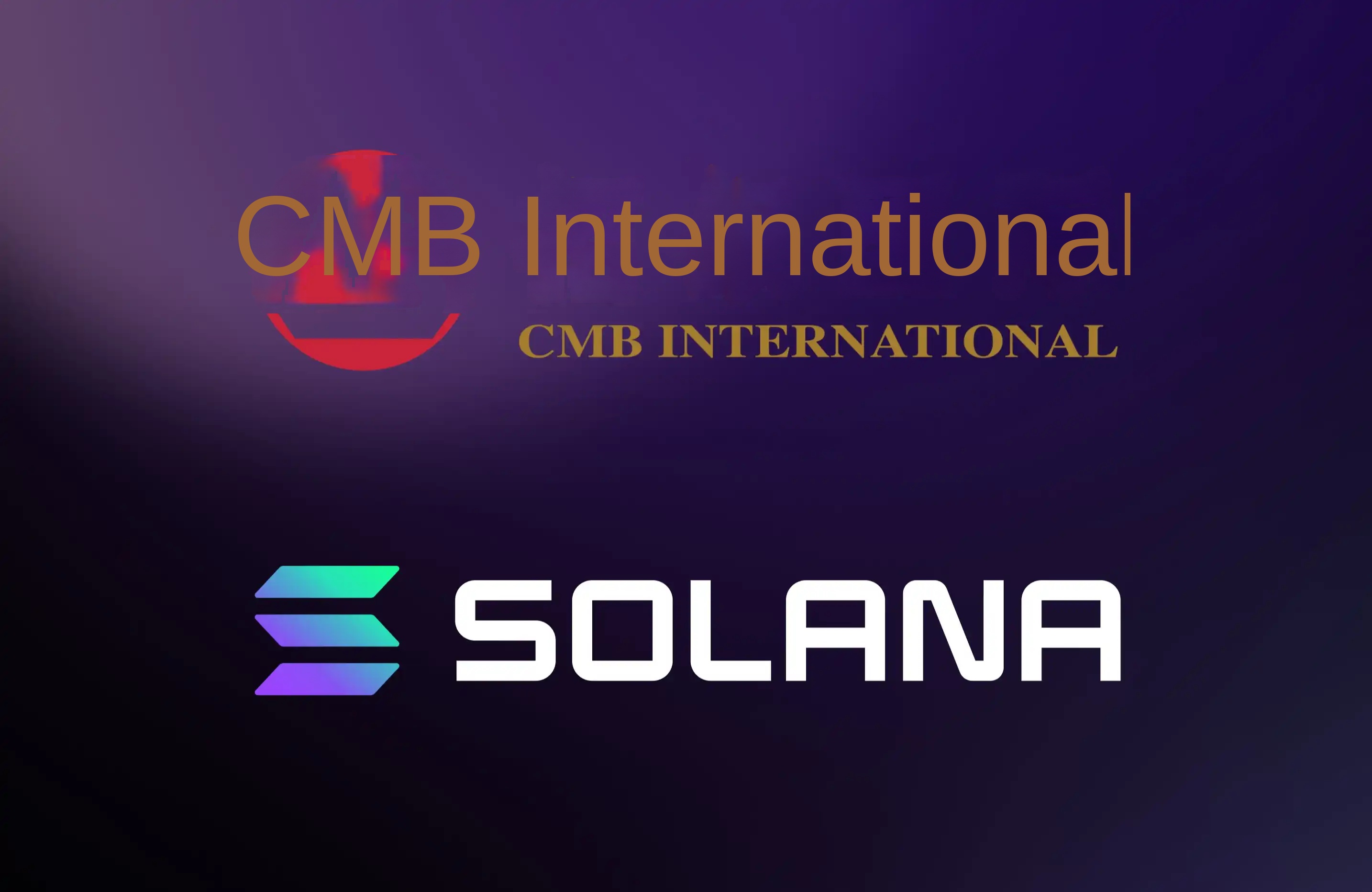EOS Revamped: From ETH Killer to Web3 Bank
Over the past years, the blockchain industry has experienced many ups and downs, with numerous projects either basking in the limelight briefly or disappearing without a trace. When it comes to fame and controversy, EOS definitely has a place in the rankings. This public blockchain, once dubbed a powerhouse project for raising a staggering $4.2 billion within a year, once attracted global attention and expectations.
However, the blockchain industry is not stagnant. As the market evolves and style preferences shift, EOS's development has gradually slowed down, with a myriad of issues exposed. Community governance and ecosystem development have lagged behind. In the new development cycle, EOS has become more of a topic for people's casual jokes after dinner, no longer the innovative representative that once led the trend.
To shed its past baggage and reshape its image, the EOS team has announced a rebranding to Vaulta. This renaming is not only to shake off negative impressions and rebuild market confidence but also to proactively break through past development bottlenecks. Vaulta will no longer position itself as a high-performance public blockchain but will focus on building a "Web3 banking operating system" targeting financial institutions and compliant users.
EOS Reinvents Itself as the Next-Gen Financial Infrastructure Vaulta
Behind the EOS rebranding lies a precise grasp of industry trends. In the past, blockchain competition often focused on technical dimensions such as TPS and consensus mechanism optimization. However, as stablecoins become more prevalent, RWAs are applied, cross-border payment demands explosively grow, and regulations improve, the industry is destined to reach a new inflection point, gradually giving way to the more realistic value of financial infrastructure construction. Blockchain infrastructure will also be used to support the ecosystem overflow brought by the financial system.
According to a Grand View Research report, since 2020, the global cryptocurrency user's compound annual growth rate has been as high as 34%, with the 18-34 age group taking the lead. This generation of users far exceeds traditional demographics in accepting financial digitization. In addition, it is estimated that by 2028, cross-border stablecoin payments will account for nearly 73% of the global stablecoin transaction value. With this trend, the weaknesses of the traditional payment system are becoming more evident, with the global average remittance fee standing at about 6.65%, while blockchain technology reduces this number to less than 0.1%, and settlement times compressing from days to seconds, greatly enhancing the efficiency dividend of global capital flow.

Vaulta has emerged in this industry evolution background, inheriting not only EOS's profound accumulation in high-performance blockchain technology but also integrating systematic thinking on financial compliance, system sustainability, and real-world application scenarios. Derived from the English word "vault," Vaulta symbolizes security and trust in the DeFi world. The emergence of Vaulta is not just a brand renewal but a systematic reconstruction starting from the underlying architecture.
Firstly, Vaulta has introduced a new token system, incorporating a halving mechanism and multiple project funds to enhance the platform's long-term sustainability and governance capabilities. Secondly, while utilizing a high-performance DPoS architecture, Vaulta has rewritten and extended key modules, strengthening support for zero downtime and instant transaction finality.
By optimizing the consensus mechanism and node synchronization strategy, Vaulta ensures stable system operation during network peak loads or node failures, allowing transaction confirmations to be completed without waiting for multiple blocks, ensuring efficient execution in financial-grade applications such as payments and settlements. Its banking operating system introduces a modular account system, an Inter-Blockchain Communication (IBC) standard, and a multi-environment compatible runtime layer to support developers in building on-chain banking applications for both EVM and non-EVM chains. To ensure asset security and meet enterprise custody requirements, Vaulta has partnered with compliant custody institutions such as Ceffu and Tetra Trust.
Furthermore, Vaulta's banking operating system includes essential features of traditional financial systems such as account management, permission control, and audit capabilities, ensuring the network's smooth operation and traceability of on-chain assets.
The EOS rebranding is not just a continuation of the "high-performance blockchain" concept but a deep reflection on "how to build the next generation of financial infrastructure."
Globalization and Ecosystem Implementation
Perhaps learning from the lessons of the EOS era, since the release of the Vaulta brand, the project team has been accelerating its globalization strategy and facilitating rapid ecosystem implementation through collaboration with various institutions.
As a key part of the Vaulta ecosystem, the Bitcoin-centric digital banking platform exSat Bank has also been launched alongside the Vaulta rebranding. exSat Bank aims to break down the barriers between traditional finance and crypto finance by integrating asset management, payments, transactions, and risk control functions through a unified on-chain banking operating system. Users can perform asset storage, earning, transfers, payments, and more all within a single account without the need to switch between different platforms.
Among a series of partnerships, the most notable is the strategic agreement with World Liberty Financial (WLFI), backed by the Trump family. In May 2025, WLFI purchased $6 million worth of Vaulta tokens and announced a long-term partnership with Vaulta. WLFI will integrate its USD-backed stablecoin USD1 into the Vaulta network, and both parties will collaborate to promote the compliance development of Web3 finance globally.

Meanwhile, Vaulta has announced a strategic partnership with Fosun Wealth Holdings, a subsidiary of China's Fosun Group, to jointly provide blockchain financial infrastructure for the Hong Kong financial market. Vaulta will offer a full Web3 banking operating system technology suite, including exSat, to support Fosun's virtual asset business "FinChain" with services such as asset issuance, yield generation, and encrypted payments. Fosun will leverage its global licenses and RWA issuance capabilities on this platform to achieve compliant business expansion. Yves La Rose, Founder and CEO of the Vaulta Foundation, stated that this partnership will be a key validation of Vaulta's global Web3 banking vision.
In terms of the native crypto ecosystem, Vaulta has also partnered with several leading platforms. For example, Vaulta has reached an agreement with Ultra, a decentralized gaming platform built on EOS technology, to provide underlying payment and digital asset custody services. By combining Vaulta's high-throughput, low-latency network capabilities with Ultra's large user base, the two parties will co-create a new gaming platform that supports cross-game asset circulation, NFT securitization, and on-chain reward systems.
In the payments sector, Vaulta has teamed up with the Canadian digital asset platform VirgoCX to launch the cross-border payment solution VirgoPay. VirgoPay is a proof of concept (POC) of Vaulta's banking operating system for cross-border payments. The Vaulta network will serve as the default settlement layer for VirgoPay, providing the payment network with transaction speed and stability beyond traditional channels. By combining stablecoins with traditional banking systems, VirgoPay can offer nearly zero-latency, extremely low-cost global remittance services. It is reported that VirgoCX has processed over 2.5 billion Canadian dollars in various business transactions, with projected record-breaking annual transactions of 3.5 billion Canadian dollars by 2025. The initial phase of VirgoPay will cover major financial markets such as the United States, Hong Kong, Canada, Brazil, and Australia, with future expansion planned for Southeast Asia, the Middle East, and other emerging regions, aiming directly at the global cross-border remittance market exceeding trillions of dollars.
Significant Progress in the Web3 Banking Industry
Since the brand's narrative reshaping launch, the ecosystem has seen significant capital inflows, as evidenced by the strong performance of the token in April. Following the reshaping to $A, while the token price has entered a consolidation phase, the ecosystem continues to expand.
Currently, Vaulta's TVL is $196 million, reaching a peak of $384 million on May 17. exSat, as a Bitcoin-based digital bank and service provider, is the "killer" decentralized application (killer dApp) of the network. exSat is built on the Vaulta mainnet and forked from Vaulta's EVM architecture. If exSat's current TVL of over $489 million is combined with Vaulta's TVL, the network's total TVL will reach $685 million, propelling Vaulta into the top twenty in the global public chain TVL rankings.



In the exSat ecosystem, exSat Bank is its core financial services platform, offering various banking-grade services to institutions and individual users, including digital asset deposit and loan, cross-chain settlement, stablecoin issuance, asset custody, and more. The Vaulta Banking Operating System can provide on-chain asset management, cross-border settlement, compliance audit, and other modular functions for existing banking infrastructure.
In addition, Vaulta's network developer activity has significantly increased, reaching a new high for the year.
Eve of Blockchain Application Infrastructure Explosion
In conclusion, evolving from EOS, Vaulta no longer satisfies itself with merely existing as a high-performance public chain but explicitly positions itself as the builder of the next-generation Web3 financial infrastructure. This transformation is a rethinking and proactive response to the operational logic of the global financial system.
The "Web3 Bank" model proposed by Vaulta is not simply the on-chainization of traditional banking services but a structural reconstruction attempting to integrate the openness of on-chain finance with the compliance, account system, and trust mechanism of traditional finance into a globally deployable infrastructure. This integration not only challenges the monopoly of traditional banks in areas such as cross-border payments and asset management but also provides a new path for the blockchain industry to step out of closed ecosystems and integrate into mainstream markets.
More importantly, Vaulta is not merely a paper tiger but actively promotes the realization of its ideas based on learning from past failures. It has deeply collaborated with financial institutions, including Fosun Wealth and WLFI. The former's participation signifies the recognition of traditional financial institutions for Vaulta's blockchain solution, especially the potential to reduce cross-border payment costs and expand the boundaries of asset management. WLFI's strategic investment in Vaulta reflects its bet on this new financial infrastructure model. These partnerships not only broaden Vaulta's practical application scenarios but also provide crucial support for its global compliance advancement.
Of course, Vaulta also faces significant challenges. Despite the brand's successful rebranding, the market's memory of EOS has not completely faded, and it remains uncertain whether users can truly move beyond past sentiments. Additionally, amid an increasingly complex global regulatory environment, the balance between innovation and regulation in pursuing the Web3 banking vision is a long-term issue that Vaulta must confront.
The emergence of Vaulta does not mean that the blockchain industry has found a final answer. On the contrary, if Vaulta can succeed, it may serve as a key signal for the blockchain infrastructure entering a period of explosive growth. Regardless of the ultimate outcome, Vaulta has become a significant specimen for observing how blockchain can integrate into and reshape the global financial system, and its progress deserves continued industry-wide attention.
Welcome to join the official BlockBeats community:
Telegram Subscription Group: https://t.me/theblockbeats
Telegram Discussion Group: https://t.me/BlockBeats_App
Official Twitter Account: https://twitter.com/BlockBeatsAsia
 Forum
Forum

 Finance
Finance
 Specials
Specials
 On-chain Eco
On-chain Eco
 Entry
Entry
 Podcasts
Podcasts
 Activities
Activities
 OPRR
OPRR








